
Garden of Eden
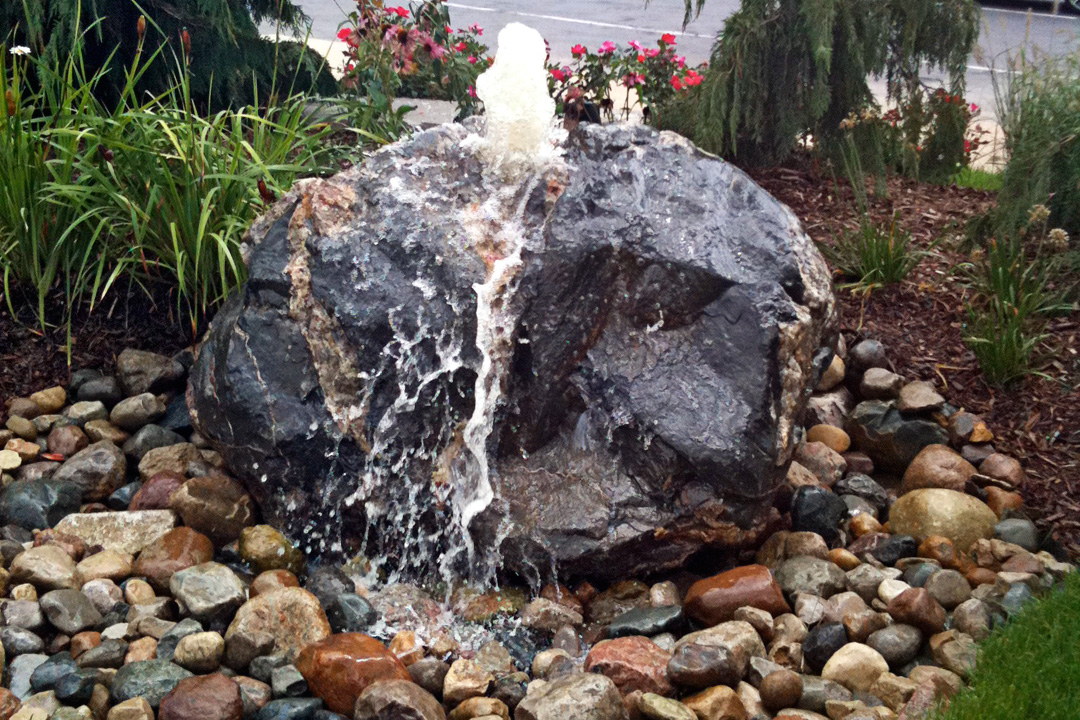
Despite the hundreds of stories written about the Garden of Eden, the place where Adam and Eve call home still remains a mystery. Scripture records that God planted a garden in a place called Eden, and that he deposited Adam within it among the beautiful foliage, luscious fruit-bearing trees, and streams. Eden is associated with the human struggle to relate to the Divine Command. After receving explicit instructions not to eat from the Tree of Knowledge of Good and Evil, Adam and Eve sin and are subsequently expelled from the garden.
Instead of living from the natural growth of the garden, Adam and Eve are now required to work the land in order to survive.While other Near Eastern traditions include similiar tales, the Torah’s account is unique in holding Adam and Eve accountable for their actions. The story of Eden presents the ongoing human struggle between responding to the command of the Divine and acting through the Divine gift of Free Will.
Abraham and Sarah's Tent
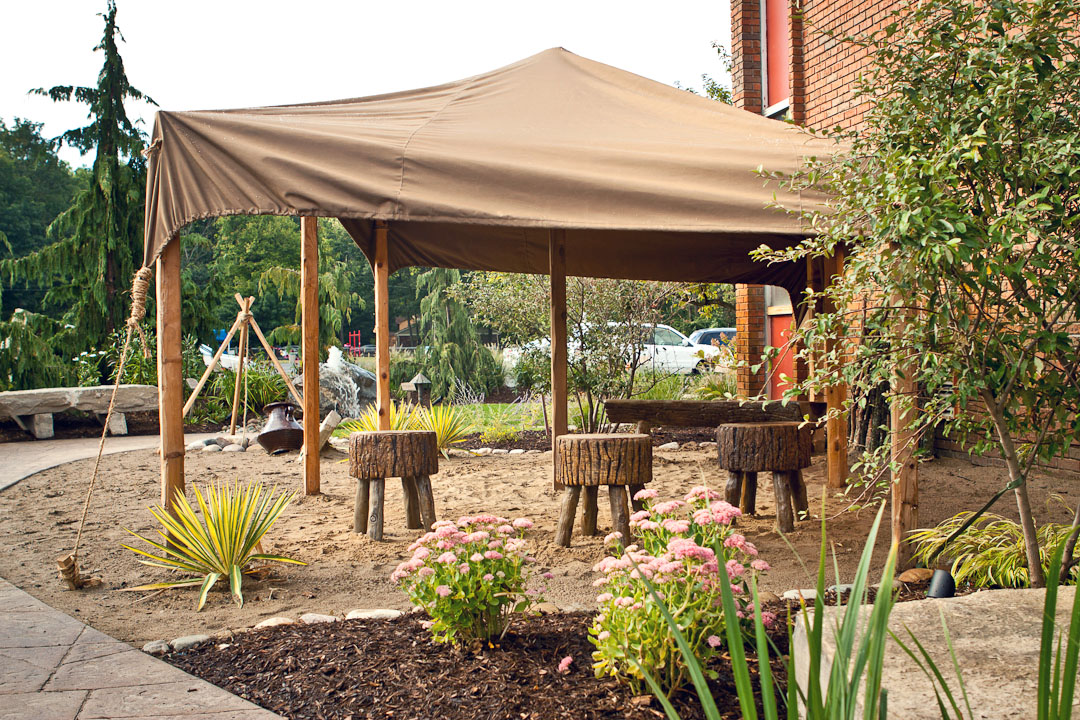
Our Rabbis teach that the tent of the first matriarch and patriarch were open on all sides. This way, they could welcome a traveler from any direction. Genesis 18 recounts that even when God appeared before him, Abraham remained on watch, and ran toward the guests to invite and escort them to his home. Sarah was his partner serving as the biblical "Jewish mother" preparing food along with her husband.
The open tent is a symbol of Abraham's concern for all human beings. Rabbis teach that Abraham epitomizes the value of חסד, loving-kindness, to fellow human beings. Abraham and Sarah serve as a model to actively pursue opportunities to treat every human being with compassion and respect.
Crossing the Red Sea
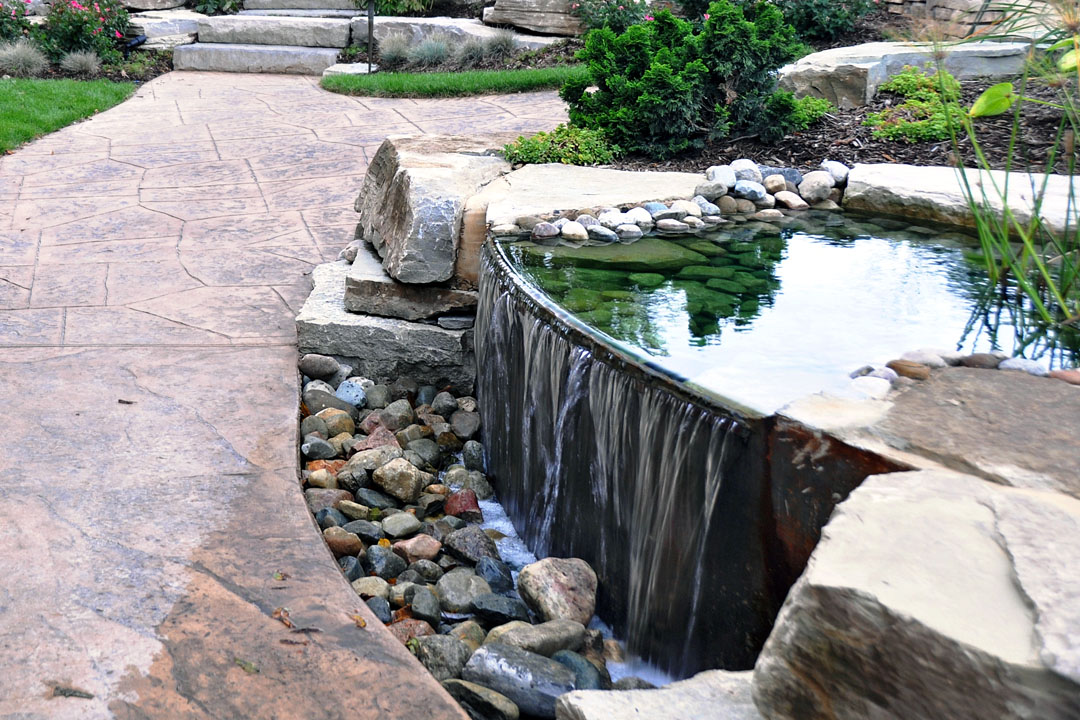
Our Rabbis teach that one should not rely on miracles but rather one must attempt to take control of one's life and act, rather than remaining passive in the face of a challenge. There was no greater time when the People of Israel could have used a miracle than when the Egyptians surrounded them from behind and the sea stood before them.
Only a true miracle could have saved the Jewish people. Yet, we learn the story of a man named Nachshon, who did not want to wait. He jumped into the water and only after the water was up to his head did the sea split. The courage Nachshon exhibited serves as a reminder that although miracles can take place, the brave individual must not only rely on Divine Assistance but must have wisdom to know when to take the initiative.
Mount Sinai
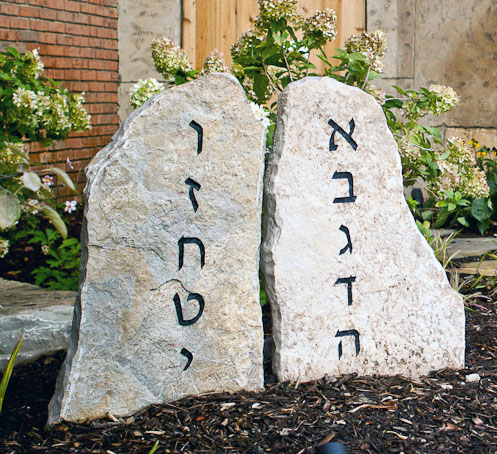
Many traditions have developed around the experience at Mount Sinai. The Torah teaches that the mountain was smoking and that the laws of nature changed - thunder flashed and lightening boomed - as "theophany", literally, the manifestation of God, took place. While tour companies often lead trips to the location they claim is Mount Sinai, scholars are divided on the exact location of the mountain. Perhaps the location of the mountain is insignificant.
One commentator teaches that "Sinai is not a geographical location. It is a symbol of Israel's awareness of having stood in the presence of God and having come to understand what God requires of them. Whenever a person hears the commanding voice of God and commits oneself to live by that voice, that person can be considered to be standing at Sinai."
The Western Wall
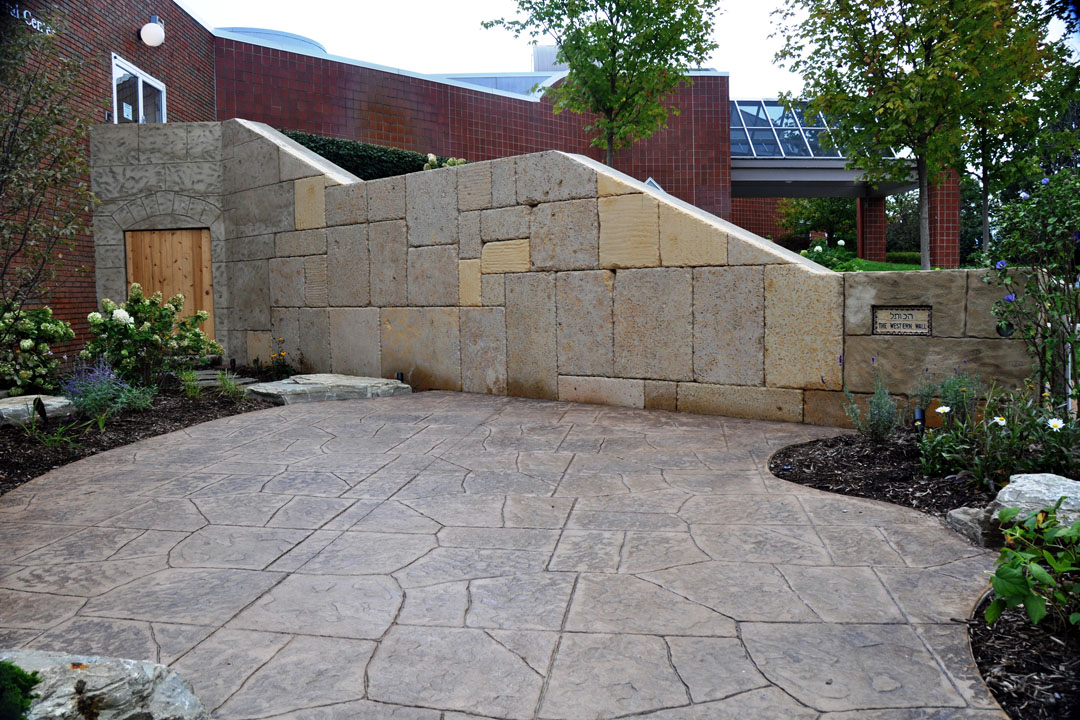
In 1967, after 1900 years, the Jewish People regained access and control of the Western Wall. Located in the Old City of Jerusalem, this famous wall was constructed by the Roman King Herod, who expanded the Second Temple Complex in approximately 19 BCE. Although the Temple was destroyed by the Romans in 70 CE, the Western Wall remained. Hours after the liberation, Israeli Yossi Gamzu wrote the lyrics to that would become the celebrated song about the Western Wall, or Kotel.
"There are men with hearts of stone, and there are stones with hearts of man".
The stones would "recount" how throughout the centuries, Jews had varying degrees of access to the site. Under Israeli control, the site never closes. People of all ages and faiths come to behold the site, offer a prayer, and place a note in one of the cracks of the stone. While we build synagogues throughout the world, they are mikdashei me'at, small temples, our attempt to create sanctified space.